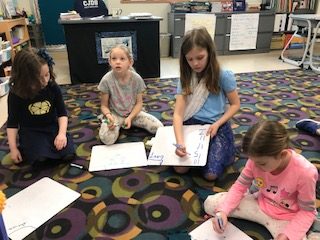Week 24
We took an awesome trip to the Recycling Center and Mrs. Paula taught us all about reducing, reusing, and recycling! The students learned that the recycling center processes 400 tons of recyclable materials EACH DAY that would otherwise end up in landfills. They got to watch the recycling trucks in action and gained a lot of important information for their Project Based Learning Presentations! 

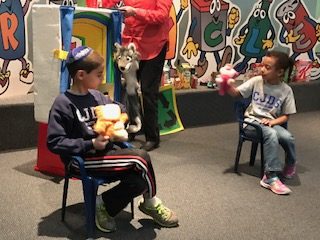


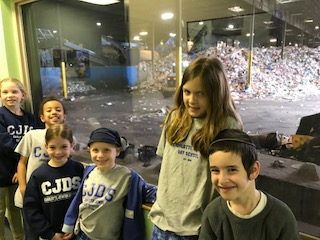

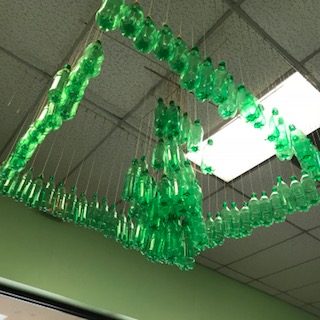
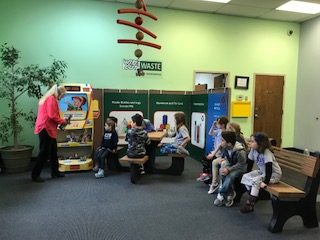
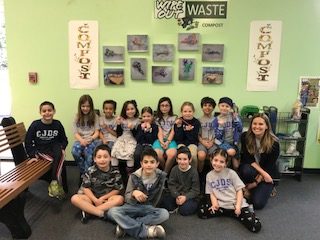 –
–
Project Based Learning: Science
The students collaborated in small groups to write the scripts for their P.B.L. presentation on natural resources. This week, they were able to write the introduction and segments on soil and water all on their own! The students are discovering that collaborating in groups requires patience, active listening, sharing ideas, and compromise. They will write more of the presentation next week.
Reading
The students continued to read biographies this week and had the opportunity to teach a partner about what they have learned. When studying nonfiction, a great way to see if you are really mastering ideas is to try to teach them to someone else. The students learned that if they couldn’t explain their biography subject to their partner, they needed to go back and read their books again.
Spelling
This week, we focused on making words plural by dropping the “y” and adding “ies” or by changing the word, like ox to oxen. Next week, the students will study words with silent “k” and “w.”
Vocabulary
Next week, we will review our last two units and study synonyms, antonyms dictionary skills.
Writing
The students brainstormed writing ideas, planned, and began drafts of new stories. This will be our last story in our voice unit. Next, the students will study sentences fluency and learn how to write sentences that begin in a variety of ways as well as create sentences of varying lengths.
Below, the students are “being the teacher” as they edit sentences and paragraphs.
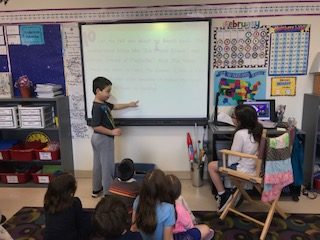
Math
We are working on estimating weight, a surprisingly challenging activity for the students. The concept of weight is difficult for the students to picture so we have been weighing everything: Book bins, clipboards, ourselves, our teacher! By weighing the things they see every day the students get a better idea of how much things weigh and they have something to use as a comparison. For example, we weighed a bucket of books in the room and it was ten lbs., so we determined that our desks full of materials must weight more. The students also learned how to find the median (middle number), mode (most popular number), and range of numbers in a set of data. The hardest part is remembering to put the data in order first!

